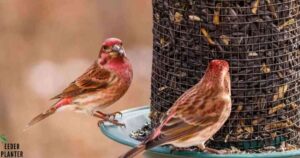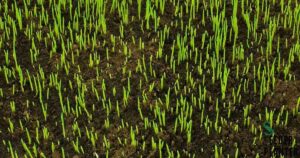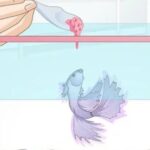A female plant may produce seeds if exposed to stressors like environmental fluctuations, nutrient imbalances, or pollination. Stress prompts the plant to priorities seed production for reproductive survival.
When a female plant unexpectedly produces seeds, it’s likely a result of stress, hermaphroditism, or exposure to environmental factors like temperature fluctuations. Ever you wonder, Why Is My Female Plant Producing Seeds? These conditions can trigger the plant to develop male flowers and self-pollinate. Ensuring stable conditions and identifying stressors can help prevent seed production in female plants.
When a female plant producing seeds, it’s known as “hermaphroditism” or “harming.” This occurs when stress, environmental factors, or genetic predisposition triggers the plant to develop both male and female reproductive organs. Harming can compromise the quality of buds, as energy is diverted to seed production instead of resinous flower development.
Reasons why is my female plant producing seeds?
If your female cannabis plant is producing seeds, it means that it has been pollinated. Pollination occurs when pollen from male cannabis plants reaches the female flowers, leading to the development of seeds. There are several reasons why this might happen. Which is known as female plant producing seeds.
- Presence of Male Plants
- Hermaphroditism:
- Accidental Pollination
1.Presence of Male Plants
If there are male cannabis plants in close proximity to your females, they can release pollen, leading to pollination. It’s crucial to separate male and female plants if you want to avoid seed production in your female plants.
2.Hermaphroditism
Some cannabis plants can develop both male and female reproductive organs, a condition known as hermaphroditism. Stress factors, such as light stress, nutrient deficiencies, or other environmental issues, can trigger this phenomenon. which is related to female plant producing seeds.
3.Accidental Pollination
Accidental pollination can be a fascinating twist in the life of a female plant, offering a unique glimpse into the complex interplay of nature and the unexpected outcomes it may yield. While the absence of seeds might seem perplexing, it unveils a narrative of adaptation and survival.
In this unintended pollination scenario, the plant may channel its energy towards producing robust flowers with potent cannabinoids, prioritizing the creation of resinous buds over seed development. Consider this as nature’s way of fostering potency and resilience in response to an unexpected reproductive event.
Your female plant, in its silent defiance of seed production, transforms a potential setback into an opportunity for heightened quality and potency, inviting you to savor the intricate nuances of its journey. Embrace the unintentional twist in your cultivation story, for it adds a layer of unpredictability and mystery to the already captivating world of plant cultivation.
As for types of female plant producing seeds, they generally fall into three categories:
- Regular Seeds: These seeds can develop into male or female plants. If you want to produce your own seeds, regular seeds are necessary to have both male and female plants for breeding.
- Feminized Seeds: These seeds are specifically bred to produce only female plants. This is desirable for growers who want to focus on flowering and resin production without the risk of pollination.
- Auto-flowering Seeds: Auto-flowering seeds are not dependent on light cycles for flowering. They automatically transition from the vegetative stage to the flowering stage based on their age. Auto-flowering plants can be either male or female.
Factors due to which my female plant producing seeds
When we talk about that, why is my female plant producing seeds? There are many factors that are affecting. From one of these are explained.
Pollination
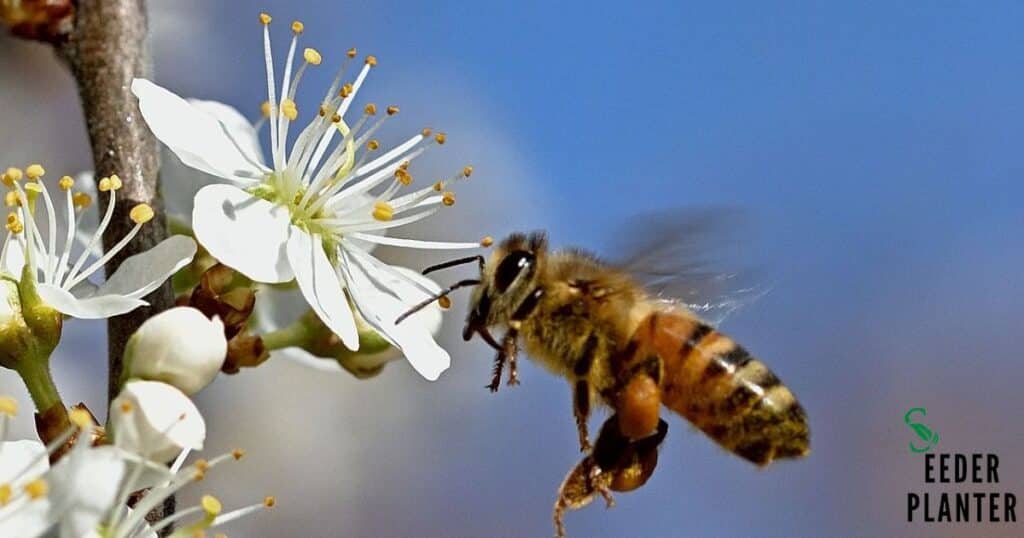
In the intricate dance of plant reproduction, successful pollination is paramount for the proliferation of species. However, an intriguing phenomenon occurs when a female plant producing seeds fails despite the pollination process.
This puzzling occurrence may result from various factors, including environmental stressors, genetic anomalies, or hormonal imbalances. External factors like adverse weather conditions or inadequate nutrient availability can impede seed development, leading to an apparent disconnect between pollination and seed production. Researchers delve into these intricate dynamics to unravel the complexities of reproductive biology.
Environmental Factors

Several environmental factors can contribute to a female plant’s reduced seed production. Inadequate pollination, caused by factors such as a lack of pollinators or unfavorable weather conditions, can hinder the fertilization process.
Insufficient sunlight or improper lighting conditions may also impact the plant’s ability to produce seeds. Soil quality and nutrient levels play a crucial role; deficiencies in essential nutrients can lead to stunted growth and diminished reproductive capacity.
Additionally, exposure to pollutants or extreme temperatures can disrupt the plant’s reproductive processes, further compromising seed production. It is essential to address these environmental variables to optimize conditions for robust seed development in female plants.
Nutrient Availability
The nutrient availability for a female plant plays a crucial role in seed production. When a female plant lacks essential nutrients, particularly those required for reproductive processes, it may struggle to produce seeds efficiently.
Key nutrients like nitrogen, phosphorus, and potassium are vital for overall plant health and reproductive success. Insufficient levels of these nutrients can lead to poor flower development, reduced pollination, and ultimately lower seed yield.
It is essential for growers to carefully monitor and optimize nutrient levels to ensure that female plants receive the necessary resources for successful seed production, promoting overall plant vigor and reproductive success.
Pest and Disease Control

Effective pest and disease control is crucial for ensuring the optimal growth and productivity of female plants. When a female plant fails to produce seeds, it could be indicative of various underlying issues.
Pests such as aphids, mites, or fungal diseases can negatively impact reproductive processes. Implementing preventive measures like regular inspection, natural predators, and appropriate fungicides can mitigate these threats.
Additionally, maintaining ideal environmental conditions, including proper humidity and ventilation, supports a healthy plant reproductive system. Timely intervention and a holistic approach to pest and disease management are essential for fostering seed development in female plants.
Genetic Factors
The absence of seed production in a female plant can be attributed to various genetic factors. One crucial aspect is the presence of recessive or mutated genes that affect the plant’s ability to undergo successful pollination and fertilisation.
Additionally, genetic anomalies in key reproductive pathways, such as those responsible for hormone regulation or floral development, may hinder seed formation. Environmental stressors can exacerbate these genetic issues, leading to reduced fertility.
It is essential to conduct thorough genetic analyses to identify and address specific gene mutations or irregularities that contribute to the observed lack of seed production in female plants.
Watering
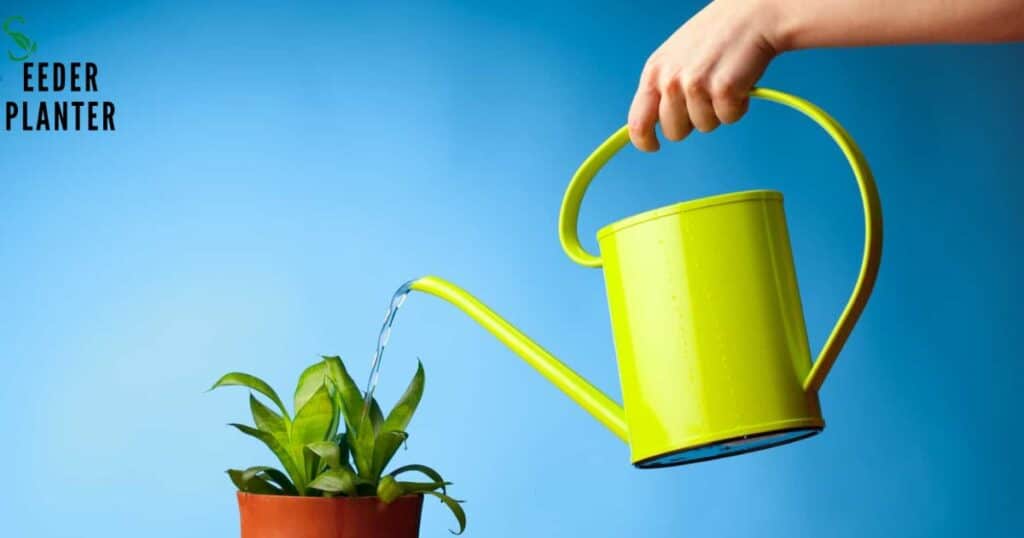
Watering a female plant plays a crucial role in its reproductive process, particularly when aiming for seed production. Adequate and consistent watering is essential to ensure the plant receives the necessary nutrients and hydration to support the development of seeds.
Inconsistent watering can lead to stress in the plant, affecting its ability to produce seeds. Proper soil moisture is vital during the flowering phase, as dry conditions may hinder pollination and fertilization.
Additionally, a well-hydrated plant is better equipped to withstand environmental stressors, ultimately contributing to a healthier and more robust seed production process. Therefore, maintaining a careful and balanced watering routine is key to maximizing the reproductive potential of a female plant and ensuring a successful seed harvest.
Age of the Plant
Determining the age of a female plant producing seeds can be a complex task. Several factors contribute to a plant’s reproductive capabilities, and age is just one element. Environmental conditions, nutrient levels, and the a plant’s overall health plays crucial roles.
Generally, most plants reach sexual maturity between a few weeks to a few months, depending on the species. If a mature female plant producing seeds, it could be due to issues such as stress, improper lighting, or nutrient deficiencies. A thorough examination of the plant’s overall health, growing conditions, and potential stressors is essential to pinpoint the exact cause of its non-seed production
| Female Plant Name | Seed Production Status |
| Rose | Not Producing Seeds |
| Pine Tree | Not Producing Seeds |
| Tomato | Not Producing Seeds |
| Sunflower | Not Producing Seeds |
FAQ’s
Why isn’t my rose plant producing seeds?
Possible factors include insufficient pollination, environmental stress, or nutrient deficiencies.
What could be the reason for my tomato plant not producing seeds?
Inadequate pollination, extreme temperatures, or imbalances in soil nutrients may be hindering seed production.
Why are my sunflowers not producing seeds?
Insufficient pollination, pest infestations, or unfavourable weather conditions could be affecting seed development.
What might be the cause of my hibiscus plant not producing seeds?
Poor pollination, lack of appropriate environmental conditions, or potential genetic factors may be influencing seed production.
Why are the female cones on my pine tree not producing seeds?
Factors such as inadequate pollination, environmental stressors, or the tree’s age may impact seed production in pine cones.
Conclusion
In the intricate dance of nature, your female plant’s reluctance to produce seeds could be seen as a captivating display of botanical individuality. Much like humans, plants possess a distinct personality shaped by their environment.Because their genetics are a unique set of circumstances.
As you witness this peculiar phase in your plant’s existence, you find yourself immersed in the intricate tapestry of nature, where every leaf and petal harbors a secret.
The enigma deepens as the absence of seeds becomes a testament to the plant’s mysterious journey. Amidst this botanical conundrum, the question arises: “Why is my female plant producing seeds?”
This query adds a layer of curiosity, prompting an exploration into the underlying factors contributing to the unique dynamics of your plant’s reproductive journey.

I am Alexander James, a seasoned professional with 4 years of expertise, brings passion and skill to every project. Elevate your experience with my knowledge and creativity.
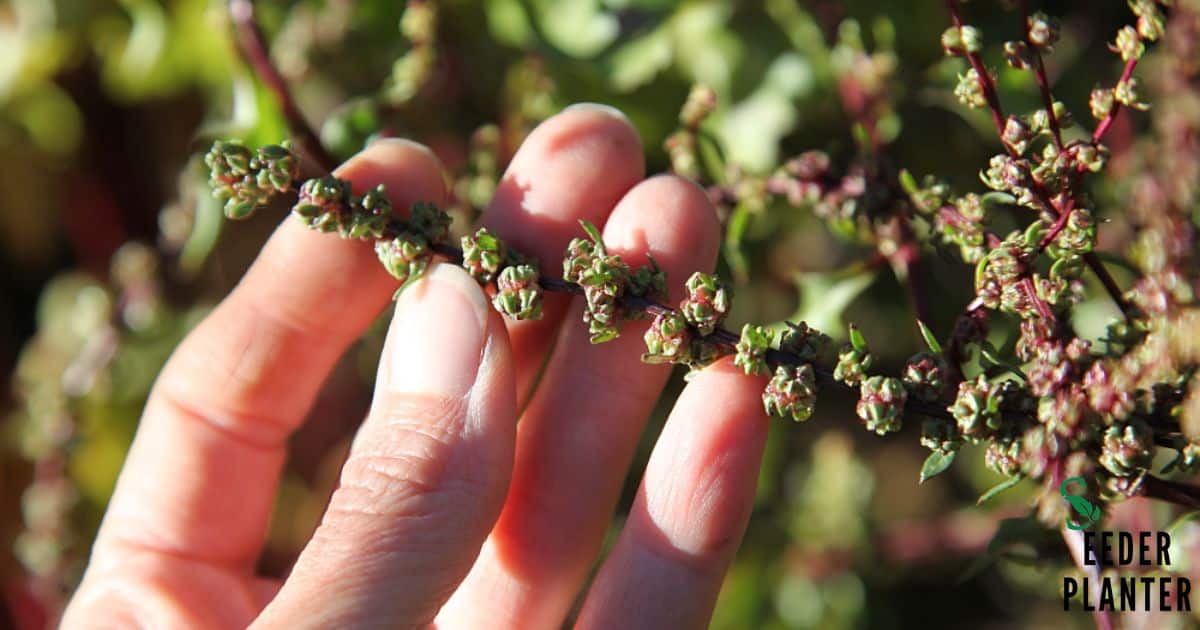
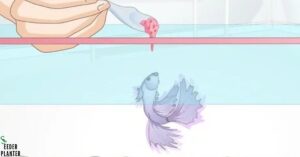
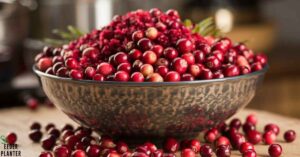
![Hollyhock Seeds: The Complete Guide to Success [2024]](https://seederabout.com/wp-content/uploads/2024/10/Hollyhock-Seeds-The-Complete-Guide-to-Success-2024-300x157.jpg)

